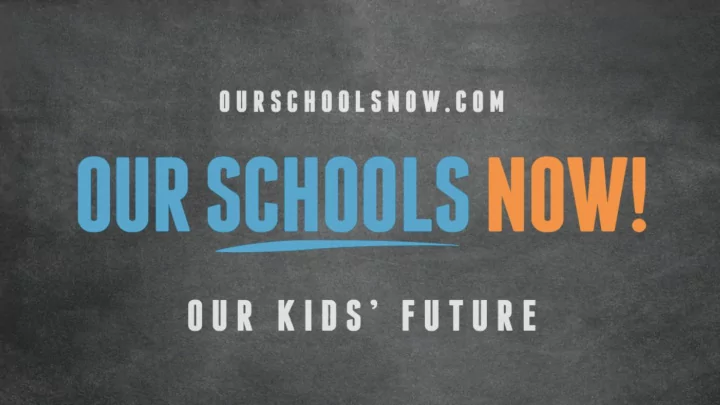

Campaign Leadership Co-Chairs: Gail Miller, Owner, Larry H. Miller Group of Companies Scott Anderson, President & CEO, Zions Bank Ron Jibson, Retired Chairman & CEO, Questar And 50 other Utah business, community, and education leaders, including: - Lane Beattie, President & CEO, Salt Lake Chamber - Wilford Clyde, President, Clyde Companies - Elaine Dalton, Former General Young Women President, LDS Church - A. Marc Harrison, Chairman & CEO, Intermountain Health Care - Nolan Karras, Former Speaker, Utah House of Representatives - Gay Beck, Utah Teacher of the Year, 2011
Each year, Utah schools receive $1.2 billion less because of changes to Utah’s tax code over the last 20 years.
Teachers are the most important factor influencing student success.
According to Education Week, Utah receives a C- for the quality of education in our state. Only 8 states received a worse grade.
Investment Improves Achievement • $500,000 into Roy Schools increased graduation rates by 12 percent. • $400,000 into teacher mentoring in the Salt Lake City School District resulted in 19 percent higher teacher retention rates. • $400,000 into elementary school counselors in Tooele County School District decreased disciplinary referrals by 46 percent.
Investment Sources – Sales Tax State sales tax rate 4.7% to 5.2%. This generates $250 million annually when fully implemented.
Investment Sources – Income Tax State income tax rate 5.0% to 5.5%. This generates $450 million annually when fully implemented.
Investment Sources: Phase-In After a three year phase in: - $700 million each year for teacher and student success - Cost to median family is $35 per month ($416/year).
Local Control of Funds • Funding is allocated to public and higher education on a per-student basis: $946 per student • Each school will create a Teacher and Student Success Plan within a district framework • All funding must be invested in the classroom – not towards construction or administration costs • All school plans, uses of funding and school improvement goals will be posted on school websites
Heavy Emphasis on K-12 Funding
Local Control of Funds Money could be invested in each of the following ways: • Teacher compensation; • Class size reduction; • Professional development; • Technology or software; • Or any other classroom purpose reasonably designed to improve student performance and approved by the local board.
Timeline • August 2017: Begin Gathering Signatures • 113,143 signatures required • Must meet thresholds in 26/29 Senate Districts • Must submit signatures by April 15, 2018 • November 6, 2018 – Election Day
Recommend
More recommend